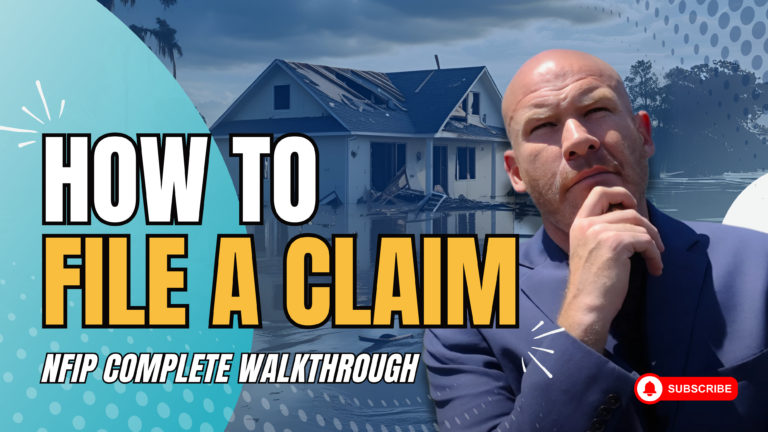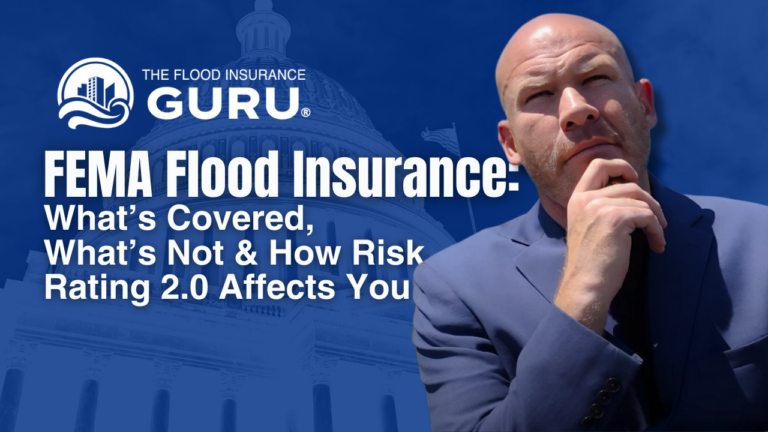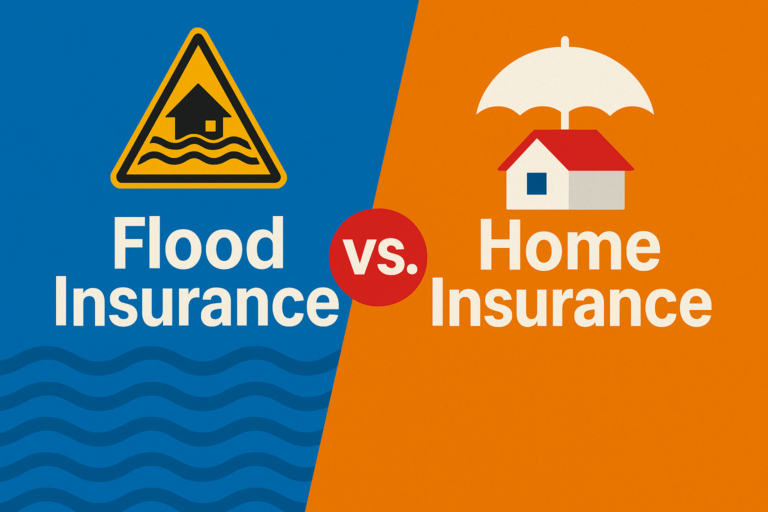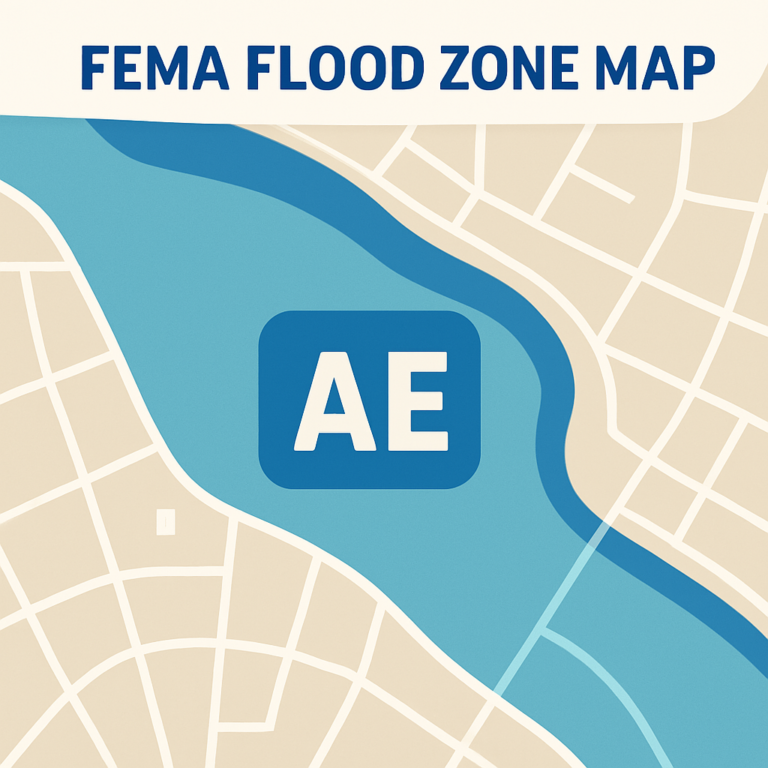How to Understand FEMA Flood Insurance Policies (Even If Youre Not an Expert)
Are FEMA flood insurance policies confusing you?
You’re not alone. Thousands of homeowners face the same struggle—policies packed with technical terms, dense documents, and vague language.
Worried about choosing the wrong coverage and leaving your home exposed?
That anxiety is real—and justified. FEMA policies are essential but notoriously difficult to understand.
Here’s the good news: You don’t need to be an insurance expert to make sense of it.
In this article, you’ll learn exactly how to understand a FEMA flood insurance policy, what key terms actually mean, and where to turn if you need extra help.
Why FEMA Flood Policies Confuse Homeowners
FEMA’s National Flood Insurance Program (NFIP) is built to protect property owners, but the way policies are written can feel like they’re built to confuse them.
Here’s why most people feel lost:
- Dense policy language: Filled with jargon like “dwelling extension,” “ACV,” and “elevation rating.”
- Too many pages: Policies often span dozens of pages with little explanation.
- Evolving rules: With FEMA’s Risk Rating 2.0 updates, coverage and pricing structures change often
- Hard-to-interpret documents: It’s difficult to tell what’s covered vs what’s not at a glance.
You shouldn’t need a law degree to protect your home.
Key FEMA Flood Insurance Terms You Need to Know
Before reading your policy, understand these essential terms:
- Dwelling Coverage: The amount paid to repair or rebuild your home structure after flood damage.
- Contents Coverage: Protection for belongings inside your home—furniture, electronics, clothes.
- Deductible: The amount you pay out of pocket before coverage kicks in.
- Actual Cash Value (ACV): Reimbursement based on an item’s depreciated value—not replacement cost.
- Elevation Certificate: A document that influences your premium based on how high your home sits relative to base flood elevation.
Tip: Look for these terms in your declarations page—they tell you what you’re actually buying.
How to Read a FEMA Flood Insurance Policy (Step-by-Step)
- Start with the Declarations Page
This outlines your coverage amounts, premium, deductible, and policy dates. - Check for Endorsements
These are added clauses that may expand or limit your coverage. - Review the Summary of Coverage
FEMA provides a Summary of Coverage document that simplifies major inclusions and exclusions. - Identify Coverage Limits
See what the policy covers for structure and contents—and where it caps out. - Note Exclusions
Common ones include basements, external structures, and additional living expenses.
Pro Tip: Keep your Elevation Certificate handy—it affects your rate more than you might think.
Where to Get Help Understanding Your Policy
Still confused? Here are your best next steps:
- The Flood Insurance Guru
We offer free policy walkthroughs to help homeowners decode FEMA language. - FEMA Help Center
Call 1-800-427-4661
for direct federal guidance. - Your Local Floodplain Manager
Many counties have designated experts who assist property owners with risk and policy education. - Your Insurance Agent
But make sure they specialize in flood insurance—not all do.
Conclusion
You no longer have to feel confused about FEMA flood insurance policies.
This policy protects your most valuable asset—your home—but only if you understand it.
What’s your next move? Book a free policy review so we can discuss the details specific to your home.
At The Flood Insurance Guru, we help people like you simplify flood insurance daily. Let us help you protect what matters most.
Schedule Your Free Policy Review
Let us walk through your FEMA flood insurance coverage with you—no jargon, no confusion.
Information contained on this page is provided by an independent third-party content provider. This website make no warranties or representations in connection therewith. If you are affiliated with this page and would like it removed please contact editor @producerpress.com







